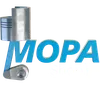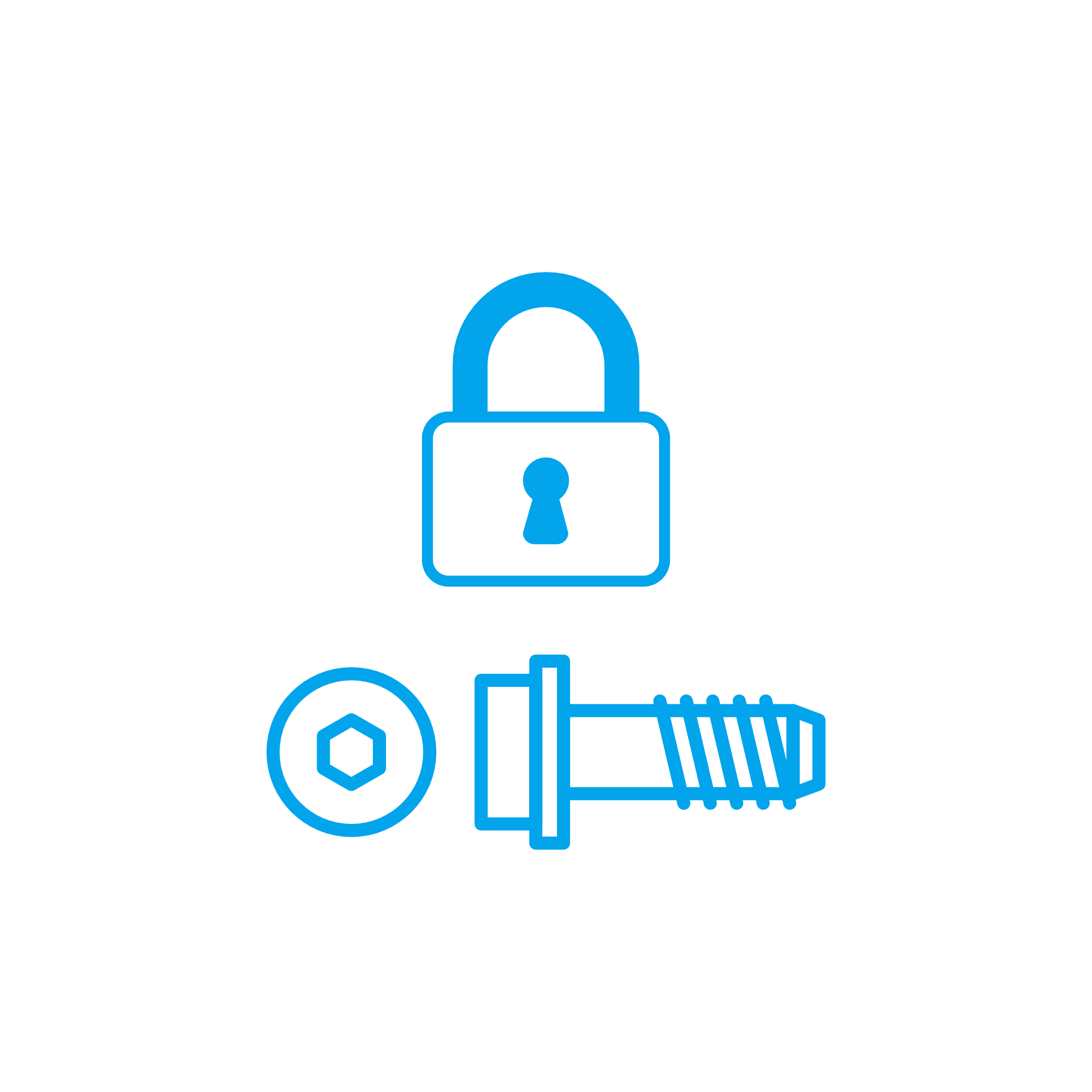PLUG solutions for locking parts in diesel and marine engines
Locking parts are the small, purpose-built components that secure bolts, shafts, covers, and plugs in place so that engines can operate safely under vibration, load cycles, and thermal expansion. In heavy-duty diesel and marine engines, these elements—such as tab washers, lock plates, retaining rings, split pins, safety wire, and threaded sealing PLUG designs—provide mechanical security where torque and friction alone are not enough. By preventing loosening, misalignment, or leakage, locking parts protect critical assemblies like main and big-end bearings, geartrains, injection systems, turbocharger interfaces, and lubrication circuits, sustaining engine performance and uptime.
Technical function of locking parts with PLUG applications in a diesel engine or marine engine
At their core, locking parts deliver secondary retention. They back up the primary clamping force of a fastener and ensure that preload remains within specification despite vibration, temperature swings, and pressure pulses. Lock plates and tab washers create a positive stop by folding a tab into a slot or against a hex face. Retaining rings, circlips, and spring pins provide axial positioning on shafts and in bores. Safety wire prevents rotational back-out on critical nuts and bolts. In parallel, a threaded sealing PLUG for marine engine or diesel engine applications is often secured by a lock plate or safety wire to ensure a pressure-tight, tamper-resistant closure in oil galleries, coolant jackets, and inspection ports.
Correctly engineered locking parts enhance engine performance and efficiency indirectly by sustaining clearances and timing. When gear backlash stays stable, injection timing remains precise; when bearing caps do not shift, oil film thickness and friction losses stay predictable. In safety-critical areas—fuel systems, crankcase ventilation, and high-temperature exhaust interfaces—locking parts reduce the likelihood of leaks or component separation. Specifying PLUG OEM parts with the right metallurgy and coating further resists corrosion and galling, helping maintain the designed clamp load over the service interval.
Designs, materials, and PLUG-related details for OEM parts
Common designs include tab washers with single or double ears, slotted lock plates with foldable tangs, wedge-lock washers for high-vibration joints, split pins (cotters) for castellated nuts, spring or taper pins for locating, and external/internal retaining rings for groove retention. For closures, expansion PLUG variants (often called core plugs) and threaded PLUG formats may feature wire holes or flats for secondary locking. Materials range from spring steel and case-hardened carbon steel to stainless and high-temperature alloys, with protective finishes such as phosphate, zinc-nickel, or dry-film lubricants to control friction and corrosion.
- · Reliable retention under vibration and thermal cycling.
- · Positive mechanical locking via tabs, plates, or wire.
- · Axial and radial control for shafts, gears, and housings.
- · Leak-tight closures using threaded or expansion PLUG options.
- · Heat- and corrosion-resistant alloys and coatings.
- · Fast visual inspection to verify correct locking.
- · Defined single-use or reusable concepts per specification.
Why locking parts are critical for reliable engine operation
When locking parts degrade, loosen, or are omitted, engines become vulnerable to cascading failures. Loss of bolt preload can shift bearing caps or gear carriers, accelerating wear and generating abnormal heat. A missing split pin on a fuel pump drive can allow nut rotation, upsetting timing and causing power loss. If a gallery PLUG backs out, oil pressure drops and bearings can fail within minutes. Broken or fatigued retaining rings may release circlip-mounted components, creating debris that damages pistons, liners, or turbo machinery. Regular inspection for deformation, corrosion, and groove wear is essential, and many locking parts are designed for single service life to avoid unknown fatigue. Adhering to torque-angle procedures and then setting the prescribed locking method keeps the joint predictable across the full duty cycle.
Advantages of OEM spare parts suitable for locking parts
Locking performance depends on precise geometry, material properties, and surface finish. OEM spare parts suitable for locking parts are manufactured to the engine maker’s drawings and process controls, ensuring consistent tab thickness, ring elasticity, pin hardness, and washer wedge angles. This consistency translates to reliable clamp retention, repeatable torque-tension relationships, and correct fit in grooves and slots—especially important in confined housings where tolerances are tight. Using PLUG OEM parts for closures also ensures thread class, seat geometry, and sealing face finish are correct, keeping oil and coolant systems tight.
Beyond performance, OEM spare parts help the budget and service life by reducing rework, avoiding premature loosening, and minimizing unscheduled downtime. Traceable heat treatment and coating specifications improve corrosion resistance in salt-laden environments and high-temperature zones, supporting longer maintenance intervals. For fleets, standardized locking parts simplify logistics and lower the risk of mixing non-matching pieces during overhauls.
MOPA: fast, secure supply of OEM locking parts and PLUG solutions
MOPA is an experienced partner for OEM spare parts covering the full spectrum of locking parts, from tab washers and lock plates to safety wire kits and threaded PLUG solutions. Purchasers and technical teams value our speed, quality, and transactional security when sourcing components for diesel and gas engines. We support identification by part number and engine model, provide documentation on request, and ship globally with efficient handling—so your overhaul schedule stays on track. Whether you need a PLUG for a marine engine closure, a set of retaining rings for a compressor coupling, or a complete locking kit for a cylinder head job, MOPA delivers dependable OEM parts with short lead times.
Conclusion
Locking parts are small components with a big impact, securing critical joints and closures so engines stay aligned, tight, and safe. Selecting OEM spare parts suitable for locking parts—including the correct PLUG configurations—preserves performance, extends service life, and protects maintenance budgets. Partner with MOPA to source the right OEM components quickly and confidently for diesel and gas applications.


